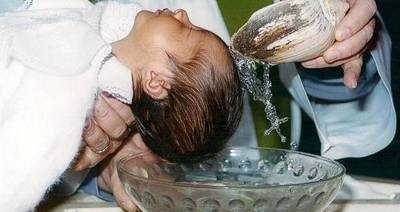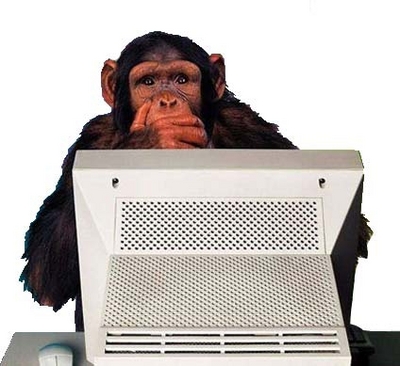Some fascinating possibilities, from John Allen, in NCR:
First, the Catholic population of the future in the United States, like the country as a whole, will be older. The most rapidly growing demographic sub-segment of the American population is actually not immigrants, legal or undocumented, but the elderly. In 2005, there were 34.7 million Americans who were 65 and above; by 2050, the U.S. Census Bureau projects that number will 75.9 million, meaning the 65+ population will more than double within a half-century. Catholics in the United States are actually slighter younger than the general population, because of the lower average age among Hispanics and their higher-than-average birth rates, but nonetheless the Catholic population is also graying. By 2030, the Catholic church in America will have an additional 6.8 million members over the age of 65. While this “gray wave” poses many challenges, both for the society and for the church, it also hints at opportunity. Sociologists report that someone who’s marginally religious at 35 will become progressively more religious as they age, so that the 65+ population represents that slice of the demographic pie most inclined to practice their faith, and most willing to devote their time and treasure to religious causes. If Catholicism in America can shape elder-friendly communities, it could therefore be on the brink of a “boom market.”
Second, the church in this country will increasingly be blue collar and ethnic. According to the most Pew Forum study on religion in America, by 2030 whites will no longer be a statistical majority among American Catholics. Whites will represent 48 percent of the Catholic population, with Hispanics at 41 percent, Asian-Americans at 7.5, and Africans and African-Americans at 3. Luis Lugo, director of the Pew Forum, calls this the “browning” of the Catholic church in America. Lugo notes that as Catholicism browns, it also becomes poorer. Hispanic immigrants are seven times less likely than whites to have completed high school, and two and one-half times more likely to earn less than $30,000 a year. They’re proportionately more likely to be under-insured or uninsured. Given these demographics, Catholicism in America in the 21st century will become an increasingly “blue collar” faith. In some ways, this is taking the Catholic church in America back to the situation it faced in the 19th and early 20th centuries, when its demographic base was composed of successive waves of European immigration clustered in mostly blue-collar occupations and neighborhoods.
Third, the church in America will be increasingly “tribalized.” The persistent divisions in American Catholicism are often referred to as “polarization,” but the fault line between left and right is hardly the only one that matters. The Catholic landscape in America is dotted with various tribes: pro-life Catholics, liturgical traditionalists, the various movements, church reform Catholics, peace-and-justice groups, and so on. In principle that diversity is an asset, but in practice sometimes these tribes see themselves as rivals rather than allies, and hence the church becomes bogged down by internal conflict. (It’s the tribalism of the Balkans, in other words, not the Iroquois Confederacy.) This reality reflects a broad tendency in American culture over the last forty years, documented in Bill Bishop’s book The Big Sort, for Americans to retreat into physical and virtual “gated communities.” Increasingly, many Americans — including American Catholics — prefer to rub shoulders only with people who already share their values, worldview, and political and theological beliefs. In turn, the clustering of the like-minded produces an echo chamber effect. Positions become more extreme, and people who don’t share those positions seem increasingly alien and dangerous. The political climate in early 2010 doesn’t offer much reason to believe this tribalism is likely to abate soon.
There’s more, much more, at the link.

